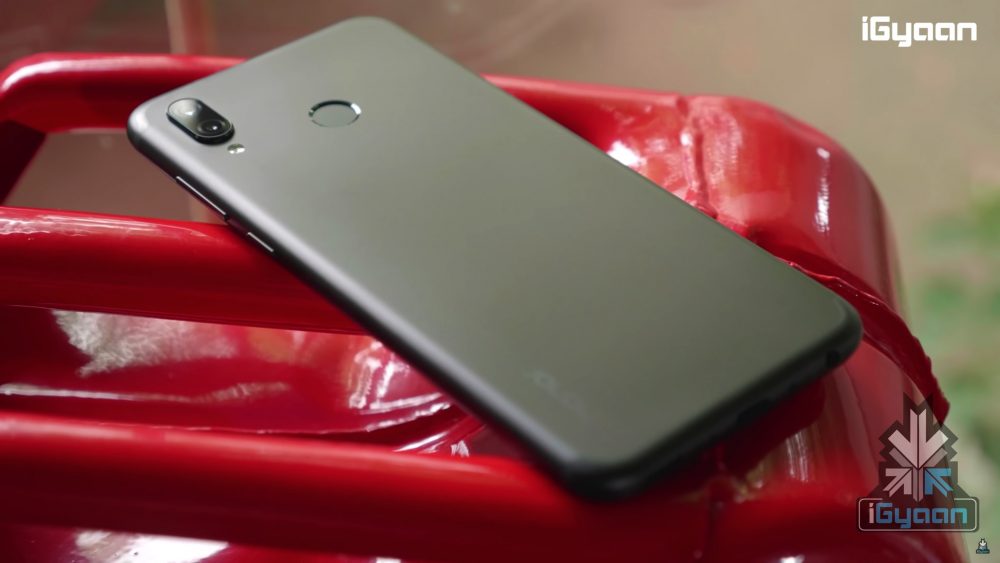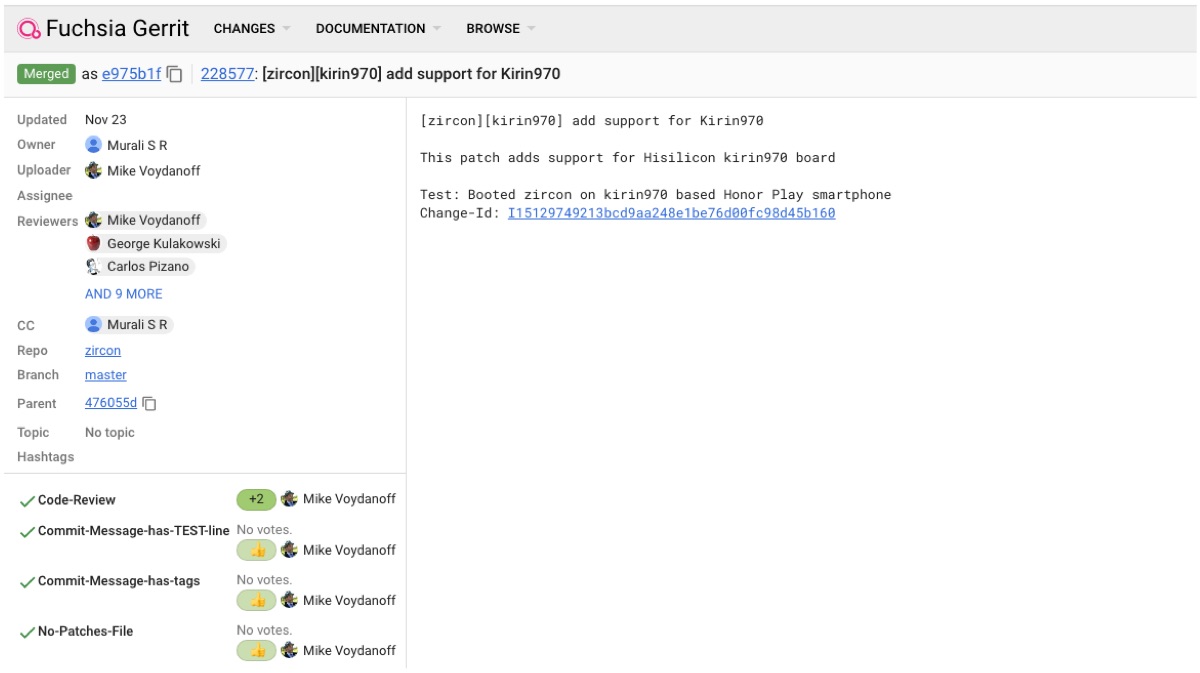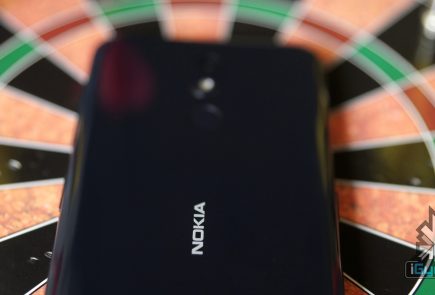Huawei Successfully Tests Google’s Fuchsia OS On Honor Play

American technology giant Google has been quietly working on an operating system called Fuchsia OS. The secret project first went live on GitHub as an open-source project back in 2016. Most noticeably, the Fuchsia OS, unlike Android and Chrome OS, does not use Linux Kernel. In fact, it uses the Zircon kernel that is derived from “Little Kernel”. Little Kernel is an operating system that was intended for embedded systems. Recently an update in the GitHub project repository reveals that a Huawei engineer was successfully able to boot Fuchsia OS on the Honor Play which features the Kirin 970 SoC.
Honor & Fuchsia OS
The latest patch adds support for the HiSilicon Kirin 970 SoC to the Zircon kernel. The device chosen to run the Fuchsia OS was the Honor Play. Apart from the Honor Play, the Kirin 970 S0C is also present on the Huawei P20 lineup, Huawei Mate 10 lineup, Honor 10, and Honor View 10. However, the latest development is of less importance to the end user for now. But this proves that Huawei is actively participating in the latest developments in the tech world. As they are also the first company to launch an Android smartphone with a 7 nm processor. Their Kirin 980 is a 7 nm processor which is present on the remarkable Huawei Mate 20 Pro.
What Is Fuchsia OS?
Also Read: More Details Of The Snapdragon 8150 Surface Online
Not much detail about Fucshia OS is currently available, but it surely will be a cross-device OS. It means that it will run on a wide variety of devices ranging from smartphones to tablets or even laptops. Previously, Google has showcased a Pixelbook with the Fucshia OS. The initial impressions reveal that the OS is heavily inspired by material design. In conclusion, Google is planning something huge with the mystery OS and we expect Google to share at least some details about it soon.
























